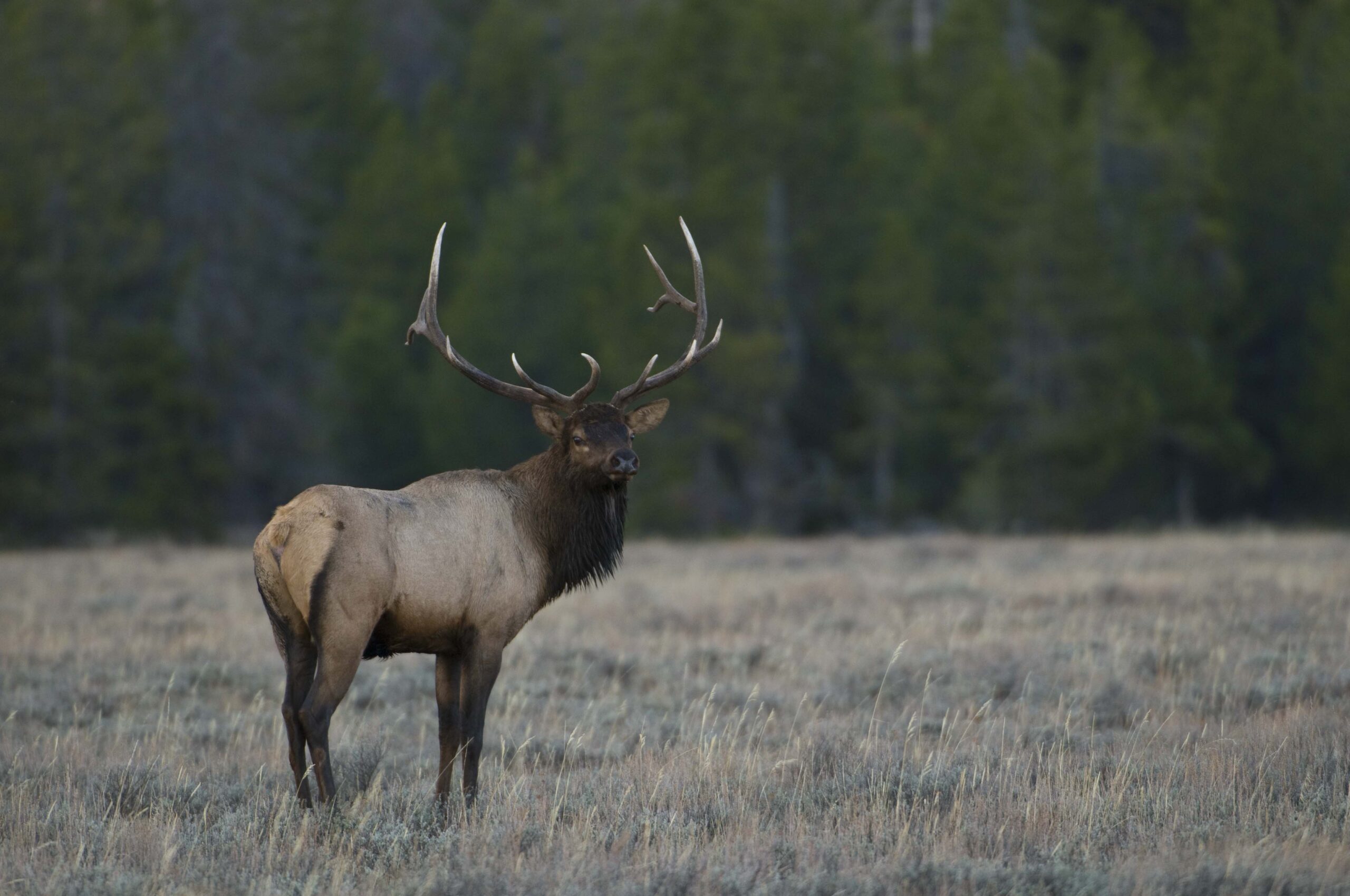Below is a news release from the Idaho Department of Fish and Game.
Overall, the numbers for Idaho elk are once again looking steady and impressive.
Fish and Game’s Deer and Elk Coordinator Toby Boudreau believes we will see much of the same, if not better conditions, for elk this fall.
“Overall, elk populations are looking good,” Boudreau said. “We saw 87% of collared elk calves and 96% of collared cows make it through the winter, which is a few percentages higher than most years.”
Last Year (2023)
Last year would have been the tenth year in a row for elk harvest to eclipse the 20,000 mark, but that was not how last fall played out.
Elk hunters took home 18,568 elk in 2023, roughly an 11% drop in animals harvested compared to 2022. Roughly 87,864 elk hunters—less than 1% fewer than 2022—took to the mountains in 2023 in search of elk, with 21% of those individuals successfully harvesting an elk.
That drop was unexpected, but within normal fluctuations in annual elk harvests, and probably doesn’t reflect a drop in the elk population. Chances are good we will see that bounce back up above 20,000, but that depends on how many hunters go after elk, and what weather conditions they experience.
By the Numbers
- Total elk harvest in 2023: 18,568
- 2022 harvest total: 20,952
- Overall hunter success rate: 21%
- Antlered: 11,363
- Antlerless: 7,205
- Taken during general hunts: 11,719 (17% success rate)
- Taken during controlled hunts: 6,849 (23% success rate)
How it stacks up
The most notable statistic from the 2023 elk season? 18,568 total elk harvested, which is down 11% from the previous year and marks the first time since 2013 the statewide harvest dropped below 20,000.
Overall hunter numbers were practically identical to the previous year’s hunter effort. Additionally, general season hunter success was right in line with previous years (17%), while controlled hunt success dropped substantially from an average of 41% over the previous five years to 23% last year.
Elk populations tend to swing less dramatically than deer, and elk numbers have been relatively consistent in past years. So, what might’ve caused the decline?
It’s difficult to prove exactly what caused the drop, but Boudreau believes seasonal elk distribution during hunting season may have contributed.
“We had a lot of elk stay in their high-country summer ranges longer than usual, and that made them less accessible to hunters, especially hunters with controlled hunt tags limited to a specific area. Elk not being in those traditional hunting areas likely reduced overall harvest,” Boudreau said.
What to expect heading into this season
Hunters will see similar—if not better—elk populations this fall. Harvests should be at or above the 10-year average, which continues to be at a near-record number.
While that’s all good news, hunters are reminded that elk are highly nomadic, and there are no guarantees they will be where in the same places they were in the past. Hunters need to be diligent at finding areas where elk want to be, and not dwell in areas without fresh sign of elk in the area.
Be sure to review opening and closing dates to elk seasons by reviewing the 2024 Big Game Seasons and Rules booklet.
Mandatory Hunter Reports
Hunters are reminded to fill out their report 10 days after harvest, or if the hunter did not hunt or harvest (deer, elk, and pronghorn only), 10 days after the closing date of their season for each tag purchased.
When you file your Mandatory Hunter Report, you give critical hunt and harvest information to wildlife managers to maximize and sustain healthy herds. Help us collect this vital information and conserve your hunting, fishing, and trapping dollars. For more information, check out Fish and Game’s Mandatory Hunter Report webpage.
(Photo credit: Idaho Department of Fish and Game)
